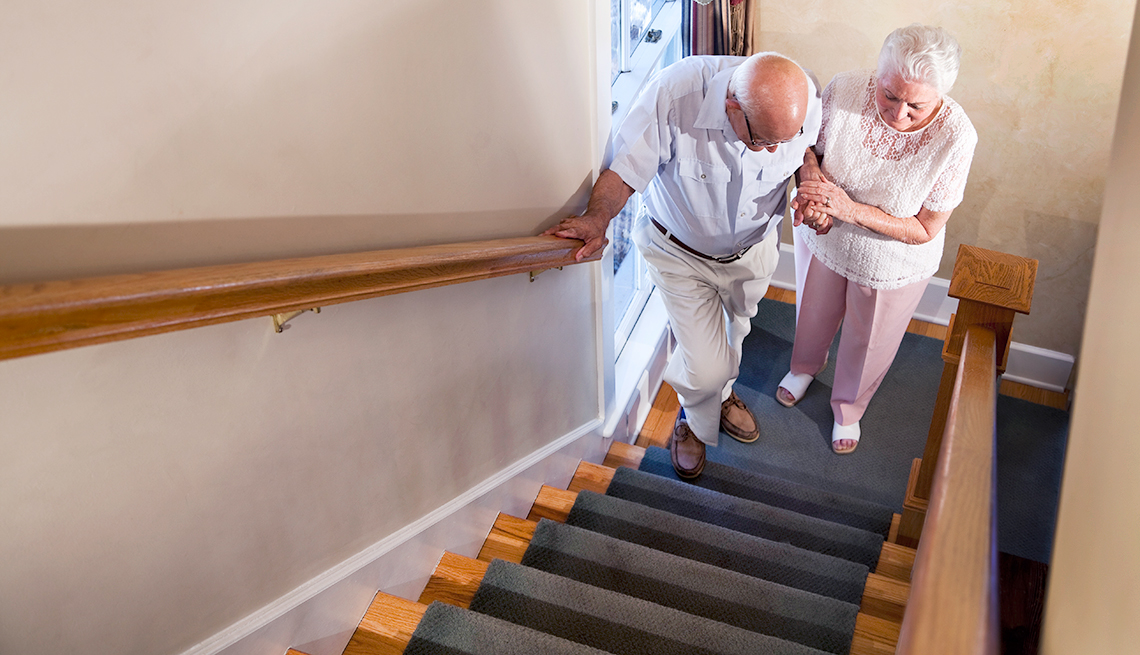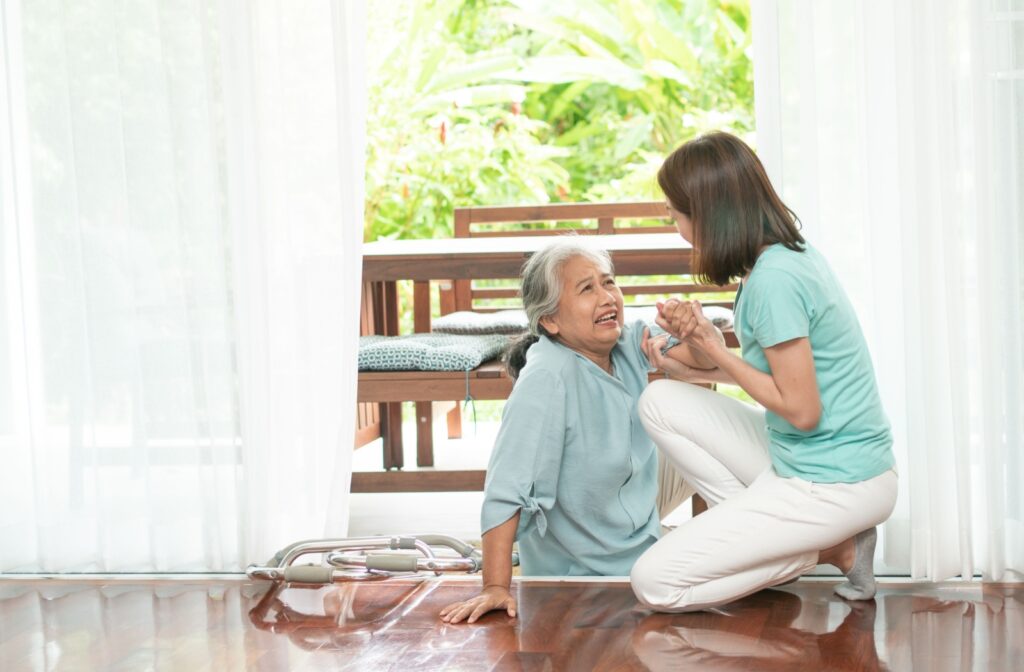As our loved ones age, ensuring their safety at home becomes a top priority. One of the most critical aspects of this is fall prevention at home for seniors. Falls are a major concern as they can lead to serious injuries and impact the independence of seniors. To help reduce the risk of falls, families and caregivers must be proactive in creating a safe living environment.
According to the Centers for Disease Control and Prevention (CDC), one in four seniors experiences a fall each year. By implementing effective strategies for fall prevention at home for seniors, we can significantly reduce this number and help our loved ones maintain their independence and quality of life.

Understanding the Risk Factors
Fall risk factors can vary widely among seniors. Understanding these risks is the first step in creating a safer home environment. Factors include poor vision, medications that affect balance, and chronic health conditions. By addressing these issues, we can better tailor our fall prevention strategies.
Home Safety Evaluation
Conducting a Thorough Assessment
A comprehensive home safety evaluation is essential. This involves checking for tripping hazards, such as loose rugs or cluttered walkways, and ensuring that all areas of the home are well-lit. Consider using smart home solutions to enhance safety.
Improving Lighting
Proper lighting is crucial for preventing falls. Ensure that all rooms, hallways, and staircases are well-lit, and consider installing night lights in bathrooms and bedrooms to help seniors navigate their homes safely at night.
Adapting the Home Environment
Bathroom Safety
The bathroom is a common site for falls. Install grab bars in showers and near toilets, use non-slip mats, and consider a shower chair for added safety. Explore more on creating a safe home for seniors.
Living Room Adjustments
Ensure that furniture is arranged to allow easy movement, and use furniture with sturdy armrests. Secure or remove loose rugs and cables that might cause tripping.
Using Technology for Safety
Modern technology offers a range of solutions for fall prevention. Consider using smart elderly care solutions to monitor safety. These can include motion sensors, fall detection systems, and emergency response systems that alert caregivers in case of an incident.
Encouraging Physical Activity
Regular physical activity is crucial for maintaining balance and strength, both of which are important for fall prevention. Encourage seniors to engage in exercises such as walking, tai chi, or yoga, which can improve their stability and coordination.
Medication Management
Some medications can increase the risk of falls by causing dizziness or affecting balance. Regularly review medications with healthcare providers to ensure they are not contributing to fall risk.
Vision and Hearing Checks
Regular vision and hearing checks are essential. Poor vision can increase trip hazards, while impaired hearing might prevent seniors from noticing warning sounds.
Footwear and Mobility Aids
Ensure seniors wear appropriate footwear with non-slip soles. If necessary, use mobility aids like canes or walkers to provide extra support.
Emergency Preparedness
In the event of a fall, having a plan can make all the difference. Ensure seniors know how to call for help and consider using emergency alert devices that can be worn at all times.
Regular Communication
Maintain open communication with seniors about their needs and any concerns they might have regarding their safety at home. Regular check-ins can help identify new risks or changes in health that might affect fall risk.
Community Resources
Explore community resources that offer support and services for seniors, such as physical therapy, home modifications, and caregiver support groups.
Educating Family and Caregivers
Educate family members and caregivers about the importance of fall prevention and the strategies they can use to maintain a safe environment for seniors.
Embracing a Safety-First Mindset
Adopting a safety-first mindset means being proactive about identifying and mitigating risks. This includes staying informed about new products and technologies that can help prevent falls.
Conclusion
Ensuring the safety of seniors at home is a shared responsibility. By understanding the risks and implementing practical solutions, we can help reduce the incidence of falls and promote a safer, more independent life for our loved ones. Explore more on IoT sensors for daily safety enhancements.

FAQs
1. What are the most common causes of falls at home for seniors?
The most common causes include poor lighting, loose rugs, cluttered spaces, and health issues like poor vision and balance disorders.
2. How can technology help in fall prevention?
Technology such as motion sensors, fall detection systems, and emergency response devices can significantly enhance safety by alerting caregivers in case of a fall.
3. What exercises are best for reducing fall risk?
Exercises that improve balance and strength, such as tai chi, yoga, and walking, are beneficial for reducing the risk of falls among seniors.
This article contains affiliate links. We may earn a commission at no extra cost to you.






